This article was co-authored by Yolanda Thomas. Yolanda Thomas is a Hip Hop Dance Instructor based in Los Angeles, California and Sydney, Australia. Yolanda has taught hip hop at the Sydney Dance Company and is a two-time winner of the LA Music Award for singing and songwriting. She has won Choreographer of the Year by GROOVE, an Australian hip hop dance competition and was hired by Google to choreograph their Sydney Mardi Gras float.
There are 9 references cited in this article, which can be found at the bottom of the page.
This article has been viewed 59,178 times.
The best dancers are mesmerizing when they perform because they’re able to draw you in with the emotion and soul they express through their movements. But how do they do it? There are actually specific, concrete things you can change about your dancing to make it more emotional and soulful, and we’ll show you how! The steps below will walk you through how to tap into your emotions while listening to music and translate them into dance so you can put on a great performance.
Steps
Selecting the Right Story and Music
-
1Identify what subjects or feelings can be expressed by dance. When deciding what song, play, or book you want to perform, ask yourself if the story you’re considering can be well communicated through the medium of dance. For example, just because your favorite book is Ulysses, doesn’t mean it’s a good choice for your next dance number. It may fill you with all kinds of emotions, but the word play and poetic quality of the novel makes it largely dependent on language.
- Similarly, fantasy or sci-fi genre narratives often rely on over-the-top visual elements. Even if you love the emotional element and soundtrack of a particular sci-fi movie, your audience might find it difficult to identify with the story and its attendant emotions without the visual components.
- Think instead about what stories you love and which aren’t tied so closely to language or visual effects. Folk tales, fables, and fairy tales are often great choices, as the stories are well-known and they communicate clear, strong, and changing emotions.
-
2Pick music with fluctuating rhythms, moods, and dynamics. A high-energy pop song can fill you with a surge of positive emotion, but that’s probably the single feeling it communicates. If you’re looking to touch your audience with a more complex emotional experience, it’s better to choose a song containing varied stages and moods.
- For example, look for crescendos and decrescendos, as these gradual changes in the volume and quality of the music can be effectively reflected in your movements.[1]
- A couple good examples of songs with building textures and varying dynamics are Stevie Wonder's Sir Duke and Rose Royce's Car Wash.[2]
Advertisement -
3Ask yourself what you’re feeling when you listen to the chosen song. Before you begin to experiment with movement, take some time to listen to the music and register your feelings. Think about what physical sensations run through your body, what stories or times in your life come to mind, and what feelings emerge as you listen.[3]
- Once you’ve identified your emotions, try to match them to different points in the song. For example, if the song starts out melancholy and contemplative for about thirty seconds, mark this out on a piece of accompanying sheet music. If it turns to a more energetic, uplifting mood after thirty seconds, make a notation at the thirty-second mark.
Translating Emotion into Dance
-
1Know how certain motions and shapes are generally perceived. While dance is a highly subjective art form with no fixed rules of expression, studies have shown that certain types of movement tend to elicit specific emotions. For example, curved shapes and circular motions are typically perceived as peaceful and soothing, while straight lines and choppy gestures are understood as emphatic and even aggressive.[4]
- Similarly, rapid, accelerating, and seemingly impulsive movements tend to signal happiness or buoyant emotion, while slower motions often portray sadness or pensiveness.[5]
-
2Experiment with different motions and gestures. Once you know what motions and shapes tend to evoke certain emotions, think about how you would add your personal take. If the first minute of the song seems joyous, what hand and arm gestures would you use to convey joy? What position of the head, and legs could do so? Try out your ideas in the mirror to see how well the acted-out gesture matches the intended emotion, and practice gracefully transitioning between motions.
- The key to making this brainstorming session effective is keeping an open mind and experimenting with a broad range of motions. Even if you don’t end up using any of the specific moves you perform at this point, you can generate valuable ideas and inspiration for your eventual choreography.
-
3Focus on your chest movements. Researchers studying the way audiences watch dance performance have found that spectators tend to look to the dancer’s chest as a way of deciphering emotional content.[6] This means that you should pay special attention to the way you hold and move your chest while dancing.
- For example, heaving or sighing motions indicate yearning or struggle, while a puffed-out chest can signify assertiveness and strength.
-
4Match your arm movement to the musical mood. Arms are another important body part which observers use to understand a dancer’s emotion. To wit, dancers in one study were instructed to convey joy, sadness, and anger simply by adjusting their arm movements. In each case, audiences correctly identified the dancer’s target emotion.[7]
- Generally, wide, swift arcs and rising motions indicate anger, arms stretched toward the front indicate joy, and slow motions with little movement in the elbows indicate sadness.[8]
-
5Lift your eyebrows and relax your jaw. While people tend to express emotion in daily life through varied facial expressions—for example, scowling when angry or frowning when sad—you should adjust your face differently when dancing. Rather than animatedly mirroring the emotions in your dance, you should strive for an open expression—typically characterized by lightly arched eyebrows and a relaxed jaw—like the one you would adopt when listening to a friend’s confidences.[9] This expression allows you to engage the audience without pantomiming.
- Some forms of dance such as gymnastics dance or pom squad require the dancer to hold a fixed grin throughout their routine.
-
6Make eye contact with the audience. It can be tempting to look at the floor when dancing, either because you’re concentrating on bodily movement or you’re battling with stage fright. In order to show emotion when dancing, though, you’ll need to look out at the audience and, if possible, make eye contact. This is because the eyes are one of—if not the most—expressive facial features, and humans rely on eye contact for meaningful interaction.[10]
-
7Practice your routine for a coach or friend. Often times, what seems sufficiently pronounced or emphatic from a dancer’s perspective doesn’t come across to the observer, so it’s essential to get feedback from another pair of eyes. Run through your routine with a friend, fellow dancer, or coach and ask them to watch specifically for how well you’re emoting.[11]
- If you’re not effectively expressing emotion, strive to stretch your limbs, lift your chin, and exaggerate your motions.[12]
Expert Q&A
-
QuestionHow can I look better at dancing?
 Yolanda ThomasYolanda Thomas is a Hip Hop Dance Instructor based in Los Angeles, California and Sydney, Australia. Yolanda has taught hip hop at the Sydney Dance Company and is a two-time winner of the LA Music Award for singing and songwriting. She has won Choreographer of the Year by GROOVE, an Australian hip hop dance competition and was hired by Google to choreograph their Sydney Mardi Gras float.
Yolanda ThomasYolanda Thomas is a Hip Hop Dance Instructor based in Los Angeles, California and Sydney, Australia. Yolanda has taught hip hop at the Sydney Dance Company and is a two-time winner of the LA Music Award for singing and songwriting. She has won Choreographer of the Year by GROOVE, an Australian hip hop dance competition and was hired by Google to choreograph their Sydney Mardi Gras float.
Dance Coach Try to let go and not worry about what other people think while you're dancing. If you're worrying about other people, your dance routine will look stiff, even if it's technically perfect.
Try to let go and not worry about what other people think while you're dancing. If you're worrying about other people, your dance routine will look stiff, even if it's technically perfect. -
QuestionWhat if my anxiety makes me too scared to do anything in front of people?
 Community AnswerFocus on the dance and not on the people. If you get yourself into the music and fully absorb that energy, then you'll be able to forget that people are even there. This can only come if you're comfortable with the dance, so be sure to practice a lot!
Community AnswerFocus on the dance and not on the people. If you get yourself into the music and fully absorb that energy, then you'll be able to forget that people are even there. This can only come if you're comfortable with the dance, so be sure to practice a lot! -
QuestionI have been learning dance for the last 3 months, but no style, no posture, no body language, and no expression have come out in my dancing. How can I bring these senses into my dancing?
 MarissaLeeCommunity AnswerFirst of all, try to stand up straight. Also, lift your head and push your shoulders down. If you are wondering where to look, look at your hand or where your teacher says to. As for body language, it depends on the dance. You could make your moves long, flowing, and make them flow into the next move. Or you could make your moves quick, and go straight into the next move. For your expressions, you can practice in a mirror. Imagine doing the dance, and then make the faces you think would look good in the mirror.
MarissaLeeCommunity AnswerFirst of all, try to stand up straight. Also, lift your head and push your shoulders down. If you are wondering where to look, look at your hand or where your teacher says to. As for body language, it depends on the dance. You could make your moves long, flowing, and make them flow into the next move. Or you could make your moves quick, and go straight into the next move. For your expressions, you can practice in a mirror. Imagine doing the dance, and then make the faces you think would look good in the mirror.
References
- ↑ http://www.danceadvantage.net/7-secrets-of-super-performers/
- ↑ https://paulcarr.org/2012/01/27/the-elements-of-music-a-good-start-to-basic-analysis/
- ↑ http://www.danceadvantage.net/7-secrets-of-super-performers/
- ↑ http://www.danceadvantage.net/7-secrets-of-super-performers/
- ↑ https://www.researchgate.net/publication/247152592_Expressing_Induced_Emotions_Through_Free_Dance_Movement
- ↑ https://www.ncbi.nlm.nih.gov/pmc/articles/PMC3933670/
- ↑ https://www.ncbi.nlm.nih.gov/pubmed/14738329
- ↑ http://people.ict.usc.edu/~gratch/CSCI534/Readings/ACII-Handbook-GestureSyn.pdf
- ↑ http://www.danceadvantage.net/7-secrets-of-super-performers/
- ↑ http://www.helenbellydance.com/how-to-show-emotion-when-you-dance-without-dying-of-embarrassment/
- ↑ http://pointemagazine.com/inside-pt/issuesaprilmay-2013your-training-can-you-learn-stage-presence/
- ↑ http://pointemagazine.com/inside-pt/issuesaprilmay-2013your-training-can-you-learn-stage-presence/
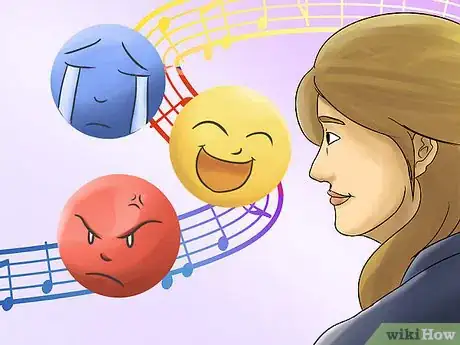
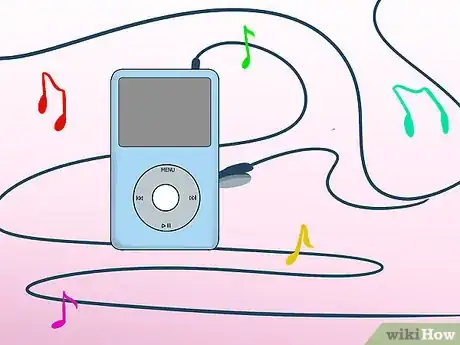
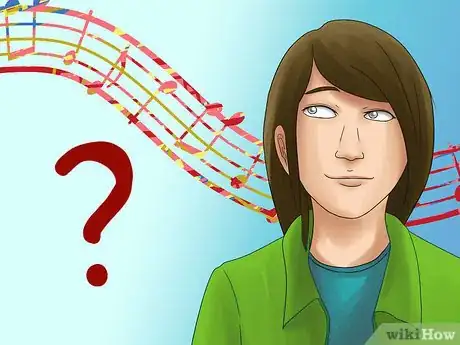
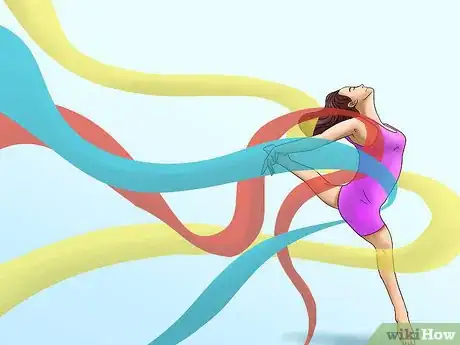
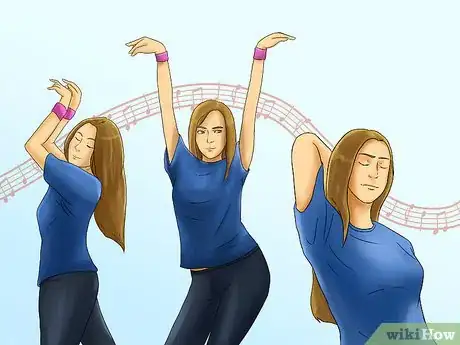
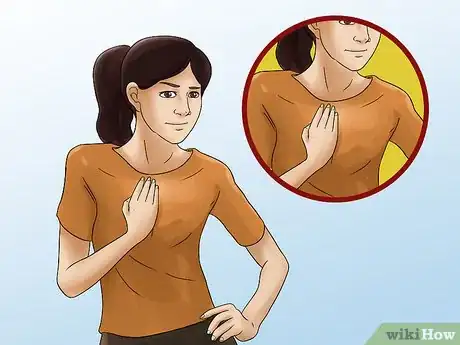
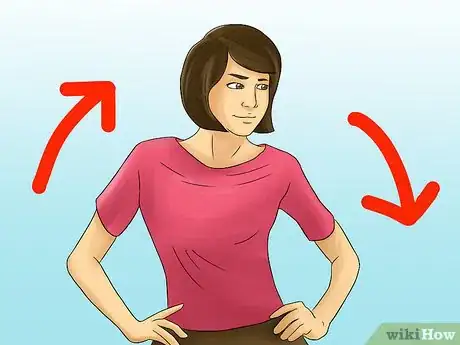
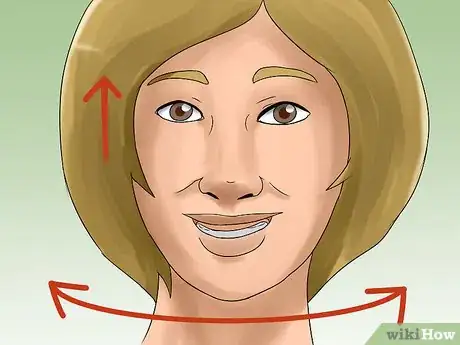
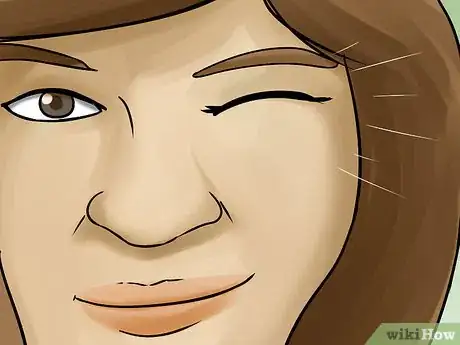
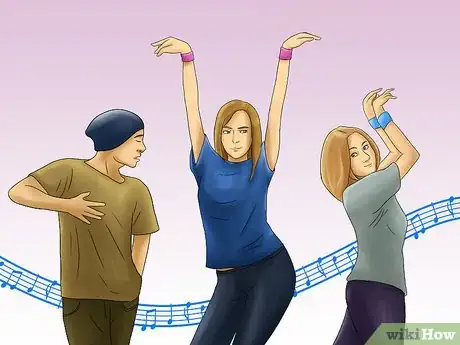
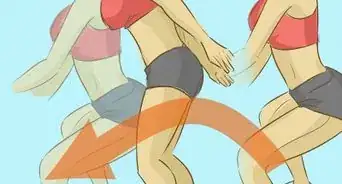

-Step-19-Version-2.webp)
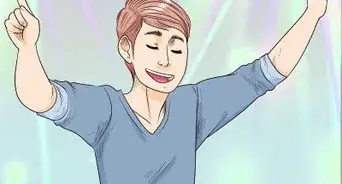
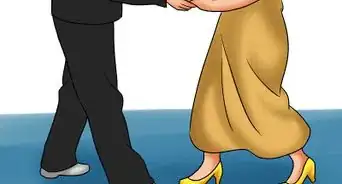
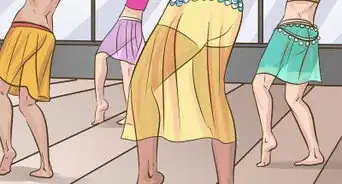
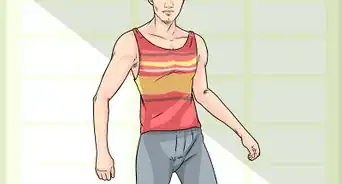
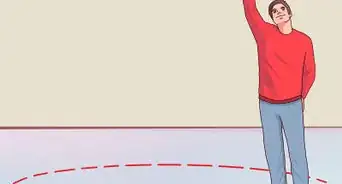

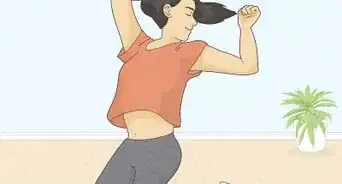
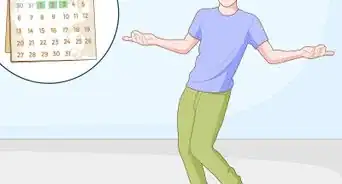
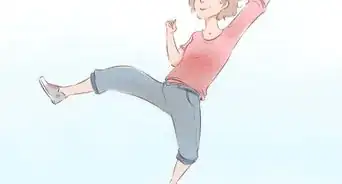








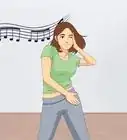
-Step-19-Version-2.webp)



































